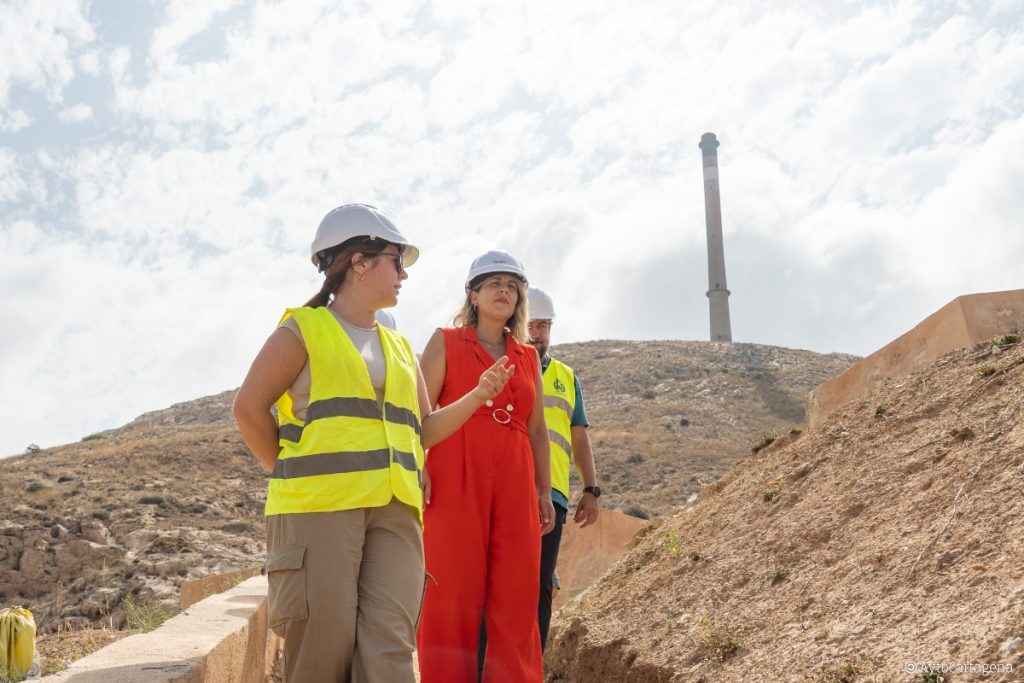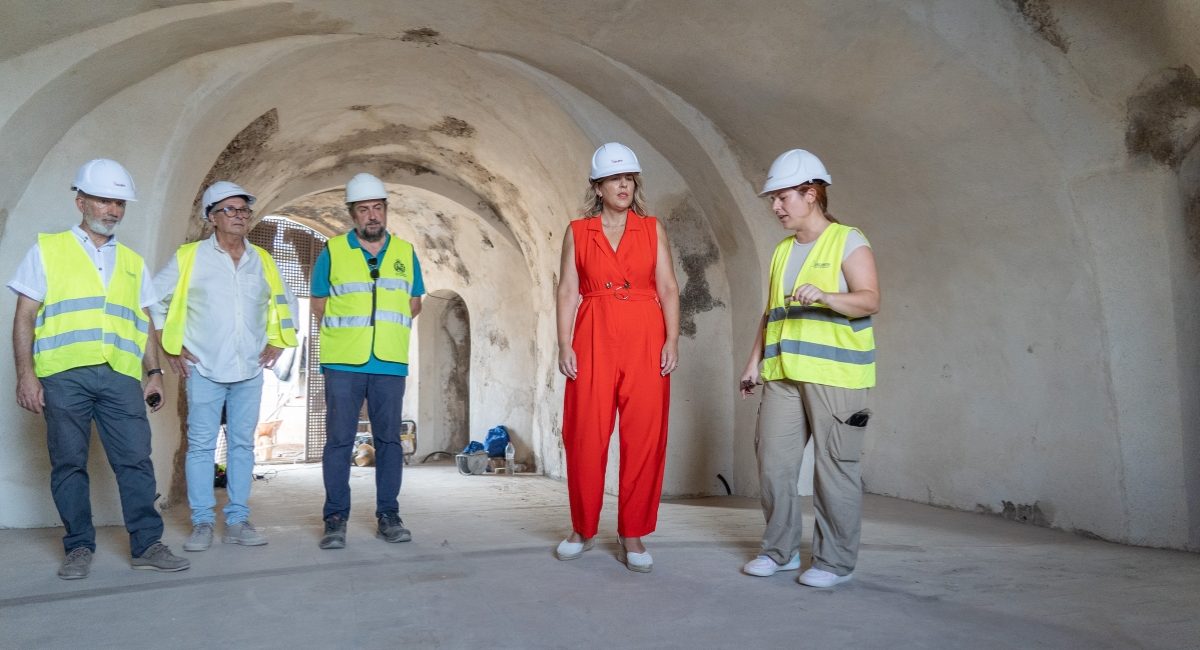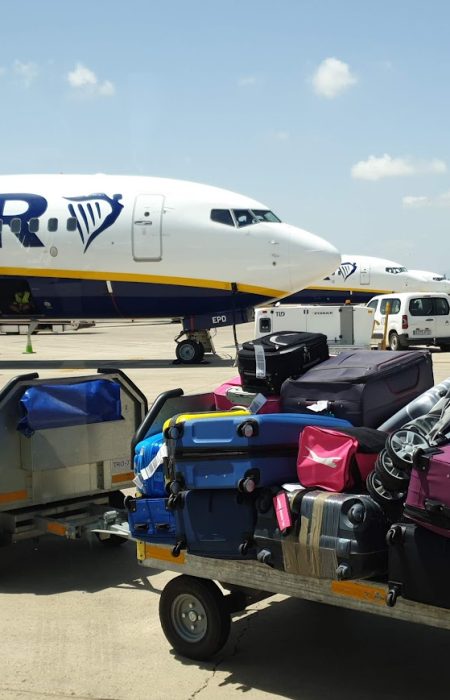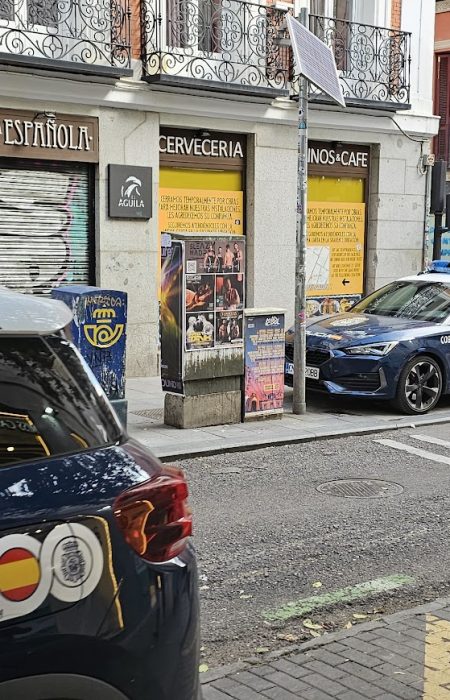The rehabilitation of Cartagena’s San Leandro Battery is making good progress, with the objective of converting this historic site into a new tourism attraction by the end of 2025. During a visit to the works, the Mayor of Cartagena, Noelia Arroyo, announced that they are being conducted as a result of a thorough documentary and archaeological investigation. This investigation is revealing the battery’s original morphology and recovering key elements of its functionality and scenic value.
Arroyo underscored the significance of this initiative, which is a component of a comprehensive strategy to improve the city’s military heritage and defensive system.
“This is the first significant intervention we have implemented with tourism sustainability funds since the restoration of Fuerte de Navidad, with the objective of enhancing our distinctive defensive military heritage and, more specifically, these buildings of special value along the entire seafront,” he emphasised.
San Leandro will be incorporated into Cartagena’s Port of Cultures and is a component of the “From Lighthouse to Lighthouse” project, a collaborative effort with the Port Authority to revitalise the waterfront, as the mayor noted. She clarified that this project is a component of a more comprehensive plan that encompasses the transfer of Monte de Galeras, the advancement of the Espalmador road, and the prospective restoration of the submarine tunnels and the Fajardo barracks.

“We anticipate that this endeavour will contribute to a transnational World Heritage Site bid, which will enable Cartagena to be recognised for its exceptional defence system,” he concluded.
The progress of the work was emphasised by Eva García, an archaeologist with the company responsible for the intervention. She stated, “We have very interesting historical documentation that is enabling us to restore and consolidate the battery to return it to its original appearance.”
He also observed that the work is documenting elements of significant historical significance and that the volumetric space of Casemate 1, which is in a state of severe deterioration, is being restored, as are the floors. In addition to San Leandro, we are also documenting cannons, ventilation systems, drainage, electrical, and telephone installations, which will provide invaluable information regarding the entire military battery complex.
An additional goal of the intervention is to improve the exterior roof, which provides a vantage point from which to observe the landscape and environs. José Antonio Martíne, a military heritage expert, elucidated this by lauding the project’s rigour and emphasising that it is being executed “with a perfectly coordinated methodology.”
“We are currently studying a significant period in the history of Cartagena.” Francisco Ramos Bascuñana, the engineer who oversaw this project, was also a city councillor and the architect of the expansion’s sanitation plan. Furthermore, Martínez underscored that the Ministry of Culture has initiated a highly ambitious master plan for the 29 batteries, which will enable us to comprehend their condition and devise future interventions.
The expert asserts that the World Heritage nomination, in conjunction with all of the aforementioned, “evidences that we are at a moment of immense interest and significance for the military heritage of Cartagena.”








No Comment! Be the first one.